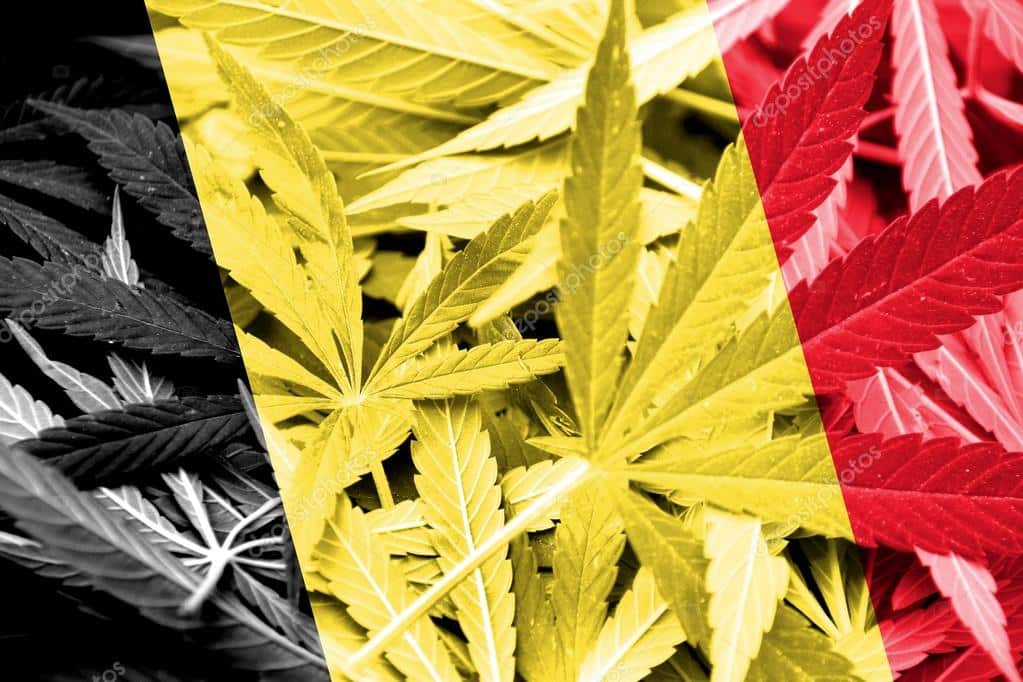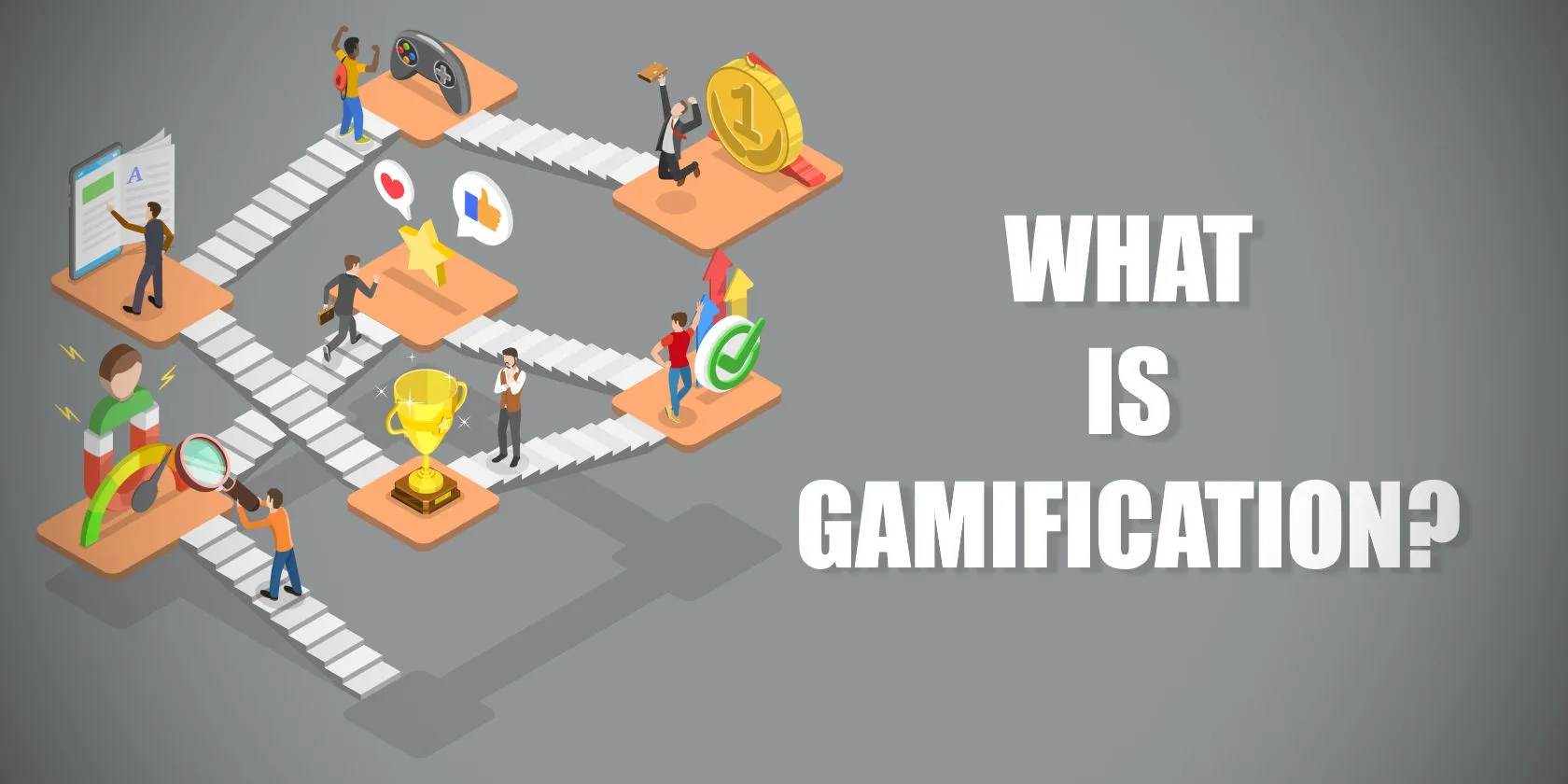GreenWeaver AI: Empowering Sustainable Decisions in the Hemp Industry
The hemp industry is experiencing rapid growth, driven by its vast potential for sustainable and eco-friendly products. However, achieving true sustainability requires a holistic approach that considers the environmental impact throughout a product’s lifecycle. GreenWeaver AI emerges as a powerful tool for businesses in the hemp industry, leveraging data-driven insights to guide informed and responsible decision-making.
🍀 Life Cycle Assessment: Unmasking the Full Environmental Footprint
GreenWeaver AI goes beyond traditional sustainability assessments. It utilizes advanced algorithms to conduct comprehensive Life Cycle Assessments (LCA) for hemp products. This detailed analysis delves into the environmental impact of a product across its entire lifespan, encompassing:
- Cultivation: The analysis considers factors like water usage, land use change, and potential pesticide application during hemp cultivation.
- Processing: The energy consumption, emissions, and waste generated during processing stages are evaluated.
- Transportation: The environmental impact of transporting raw materials and finished products is meticulously assessed.
- End-of-Life: GreenWeaver AI considers the potential for product reuse, recycling, or biodegradation, highlighting opportunities for minimizing waste.
By providing a comprehensive picture of a product’s environmental footprint, GreenWeaver AI empowers businesses to identify areas for improvement. This enables them to prioritize sustainable practices, such as water-saving irrigation techniques, energy-efficient processing methods, and eco-friendly packaging materials.
🍀 Material Selection Optimization: Choosing Wisely for a Sustainable Future
GreenWeaver AI doesn’t stop at highlighting potential issues. It actively assists businesses in making informed material selections.
The platform leverages extensive data on the environmental impact of various materials, including traditional alternatives to hemp. By analyzing this data alongside a product’s specific needs, GreenWeaver AI can recommend hemp-based materials with a demonstrably smaller environmental footprint. This empowers businesses to:
- Reduce reliance on resource-intensive materials: GreenerWeave AI can suggest hemp-based alternatives to materials with high carbon footprints or unsustainable production practices. For instance, hempcrete, a biocomposite material derived from hemp, offers a more sustainable alternative to traditional concrete.
- Promote innovation in sustainable hemp materials: By highlighting the environmental benefits of hemp, GreenWeaver AI incentivizes the development and adoption of innovative hemp-based materials across various industries.
🍀 Energy Efficiency Analysis: Powering Sustainability Through Efficiency
GreenWeaver AI recognizes that energy consumption plays a significant role in the environmental impact of hemp production. The platform analyzes energy usage within a business’s operations, identifying areas where efficiency improvements can be implemented. This could involve:
- Upgrading to energy-efficient equipment: GreenWeaver AI can recommend upgrades to more efficient equipment for processing and manufacturing processes.
- Optimizing production workflows: The platform can identify workflow inefficiencies that lead to unnecessary energy consumption.
- Harnessing renewable energy sources: GreenWeaver AI can suggest opportunities for integrating renewable energy sources such as solar or wind power into the production process.
By implementing these data-driven recommendations, businesses can reduce their overall energy consumption and carbon footprint. This not only benefits the environment, but also translates to operational cost savings for businesses.
🍀 Conclusion
GreenWeaver AI provides the hemp industry with a powerful toolset for making informed and sustainable decisions. Through Life Cycle Assessments, Material Selection Optimization, and Energy Efficiency Analysis, GreenWeaver AI empowers businesses to:
- Minimize their environmental impact.
- Enhance brand reputation through a commitment to sustainability.
- Achieve operational efficiency and cost savings.
GreenWeaver AI paves the way for a more sustainable future for the hemp industry, ensuring that innovation and growth go hand-in-hand with environmental responsibility.
#LifeCycleAssessment #SustainableMaterials #HempEnergyEfficiency
Do you have a question regarding the development of GreenWeaverAI, let us know below. Thank you.
[contact-form][contact-field label=”Name” type=”name” required=”true” /][contact-field label=”Email” type=”email” required=”true” /][contact-field label=”Website” type=”url” /][contact-field label=”Message” type=”textarea” /][/contact-form]





